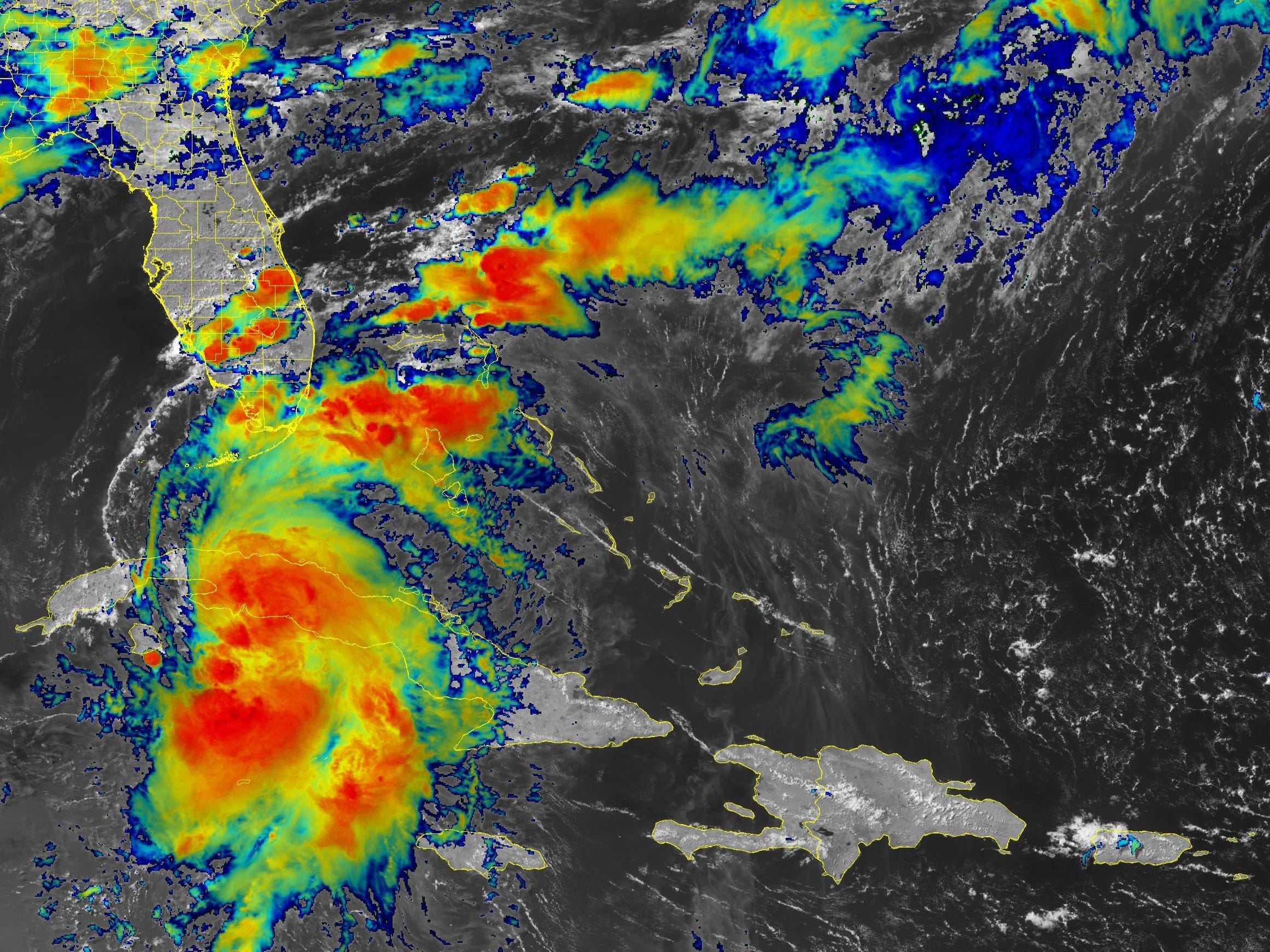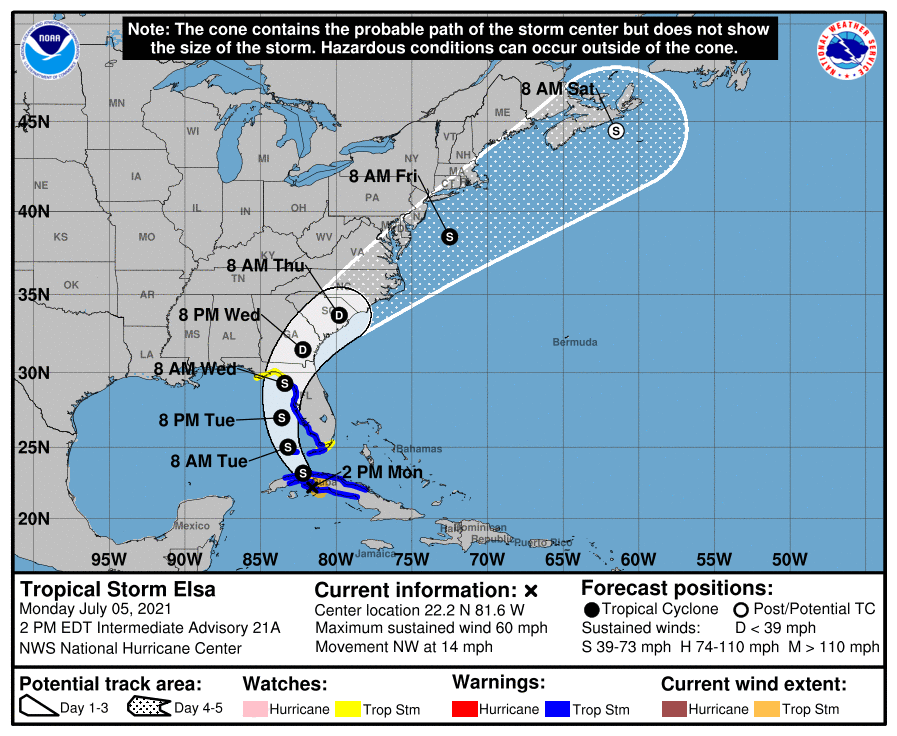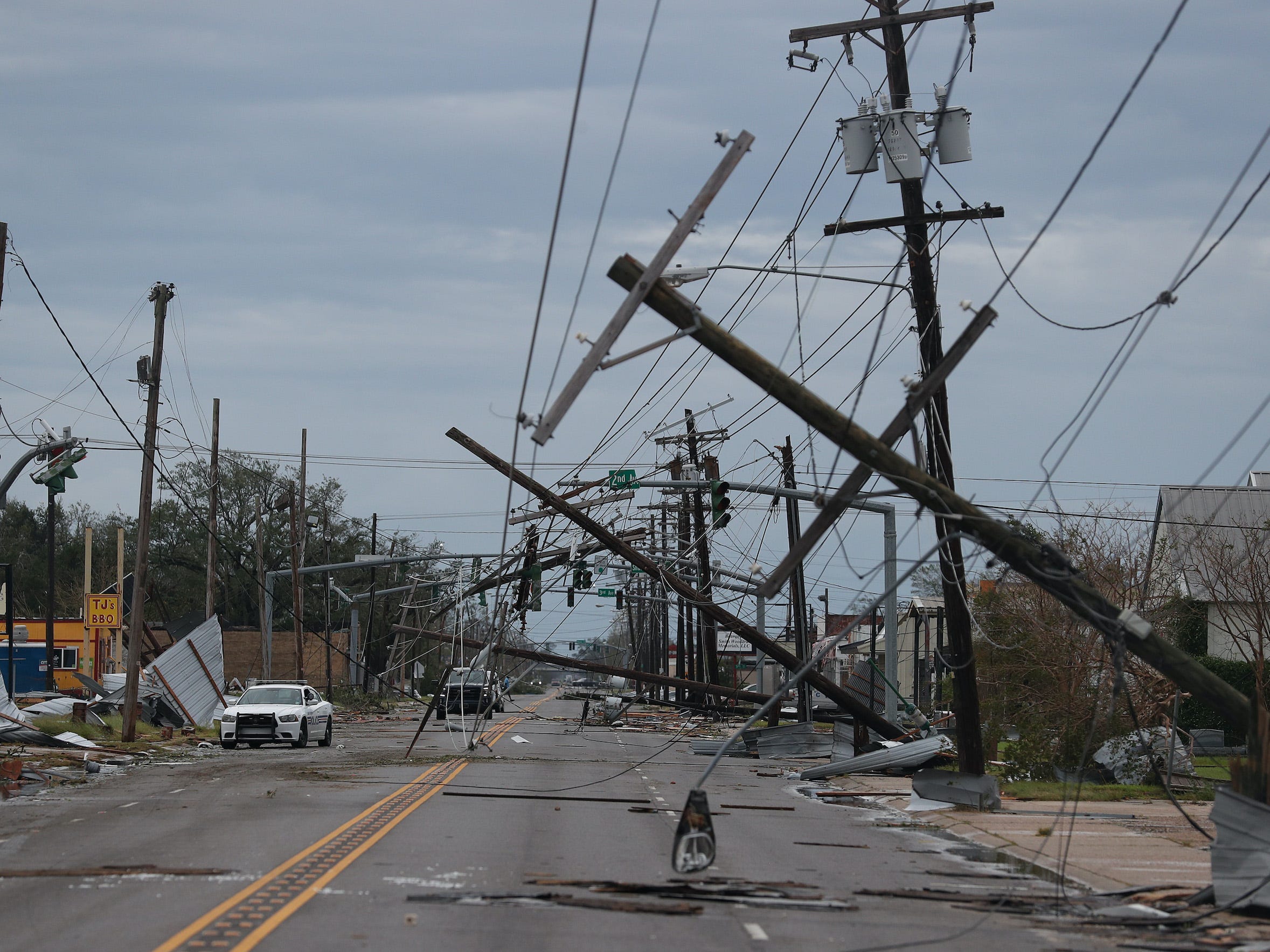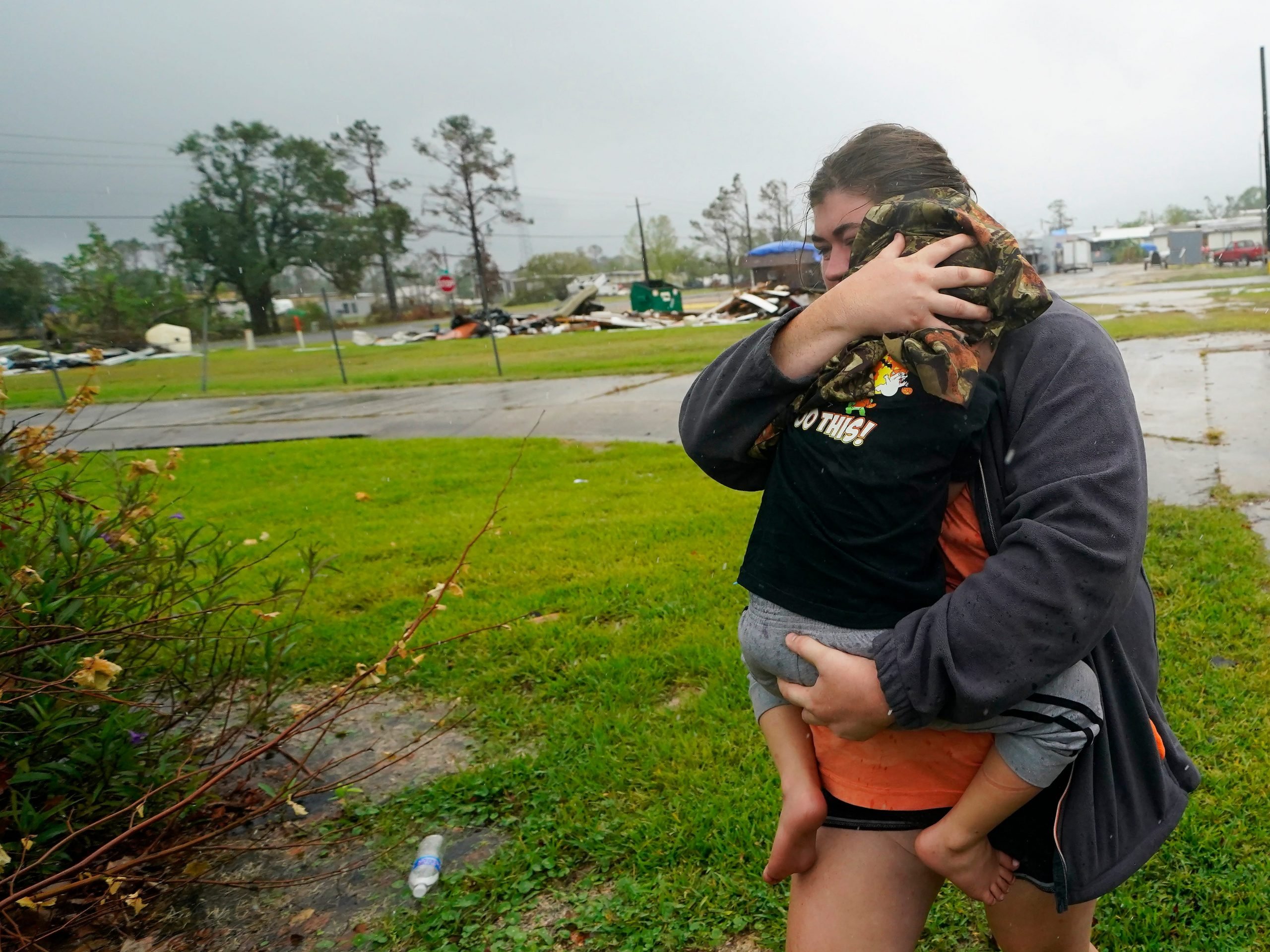
NOAA GOES-East
- Tropical Storm Elsa made landfall in Cuba on Monday after killing three people across the Caribbean.
- Elsa is expected to churn up Florida's Gulf Coast on Tuesday and Wednesday, bringing flash floods.
- Elsa is the earliest-ever fifth named storm, as climate change makes hurricanes more devastating.
- Visit Insider's homepage for more stories.
Tropical Storm Elsa made landfall in Cuba on Monday afternoon as it churned towards Florida's Gulf Coast.
The cyclone is lashing Cuba's south coast with 60-mph sustained winds, 2 to 4 feet of storm surge, and up to 15 inches of rain in some areas. That's expected to cause flash floods and mudslides across the island. A tropical-storm warning is in effect for the Cuban provinces of Ciego de Avila, Sancti Spiritus, Cienfuegos, Matanzas, Villa Clara, Mayabeque, Havana, and Artemisa.
Elsa has killed at least three people in the Dominican Republic and St Lucia. Two of them – a 15-year-old boy and a 75-year-old woman in the Dominican Republic – died after walls collapsed on them in separate incidents, according to local authorities the Associated Press cited.
As of Monday at 2 p.m. ET, Elsa was 85 miles southeast of Havana, moving northwest at 14 mph, the National Hurricane Center said in an update.

NHC forecasters expect Elsa to continue moving over the western half of Cuba through Monday afternoon, move into the Florida Straits Monday evening, and pass close to the Florida Keys early Tuesday.
Elsa should move near or over Florida's west coast on Tuesday and Wednesday, bringing up to 4 feet of storm surge with it. The NHC has issued a tropical-storm warning for the Florida Keys from Craig Key westward to the Dry Tortugas, as well as along the Florida coast from Flamingo to the Suwannee River. The agency expects up to 6 inches of rain across Florida and coastal Georgia through Wednesday. That could lead to flash flooding.
President Joe Biden has approved an emergency declaration for 15 Florida counties ahead of Elsa's arrival. That makes federal aid available to those areas for disaster relief.
South Carolina and North Carolina may see up to 5 inches of rain on Wednesday and Thursday, according to the NHC's forecast.
Climate change is making hurricane seasons more devastating

Joe Raedle/Getty Images
Elsa's wind speeds briefly rose past 74 mph this weekend, making it a Category 1 hurricane as it barreled toward Jamaica and Haiti. It leveled at least 62 homes in Barbados, and 1,100 people reported damage to their houses, the AP reported. It has since weakened back to a tropical storm.
Elsa is the earliest fifth named storm on record, setting the 2021 Atlantic hurricane season off at a faster pace than the 2020 season, which shattered records for the number and intensity of tropical cyclones. The year finished with a record total of 30 named storms.
Atlantic storms are getting stronger on average as climate change causes ocean and air temperatures to climb - 2020 is tied with 2016 for the hottest year on record, according to a NASA analysis. A different, but similar analysis from the National Oceanic and Atmospheric Administration ranked 2020 as the second-hottest year, after 2016.

Gerald Herbert/AP Photo
Hurricanes feed on warm water, and higher water temperatures also lead to sea-level rise, which increases the risk of flooding. Warmer air, meanwhile, holds more atmospheric water vapor, which helps tropical storms strengthen and unleash more precipitation.
Overall, the chances of any tropical cyclone becoming a major hurricane are increasing: Each new decade over the last 40 years had brought an 8% increase in the chance that a storm will turn into a major hurricane.
Storms are also getting more sluggish. Over the past 70 years or so, hurricanes and tropical storms have slowed about 10% on average, according to a 2018 study. That gives a hurricane more time to do damage in a given area, like when Hurricane Harvey dumped 4 feet of rain on Houston in 2017.

